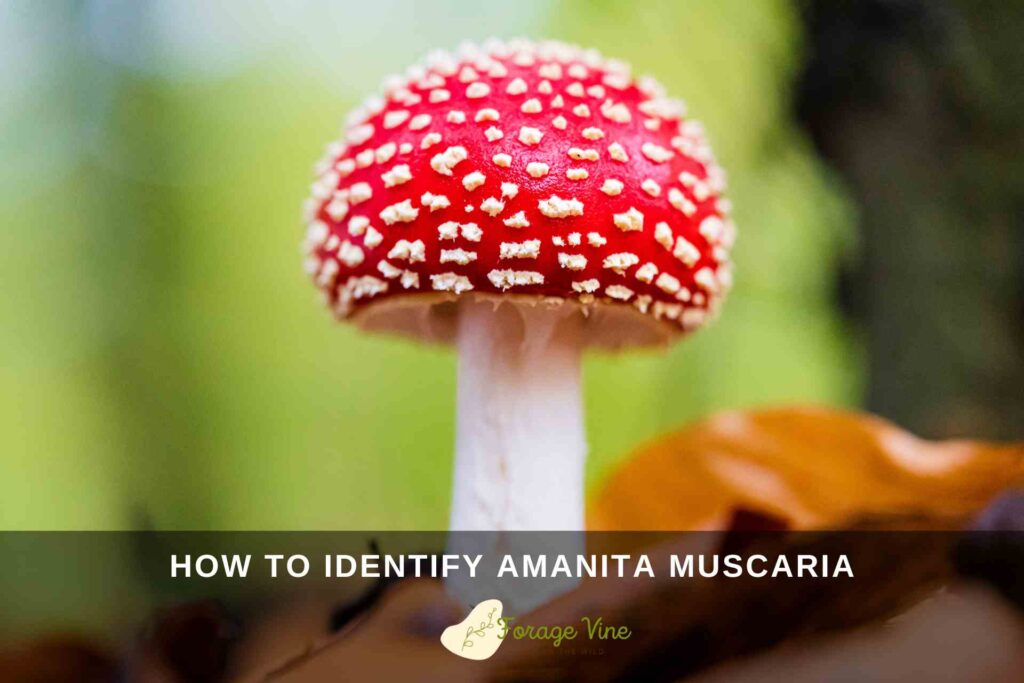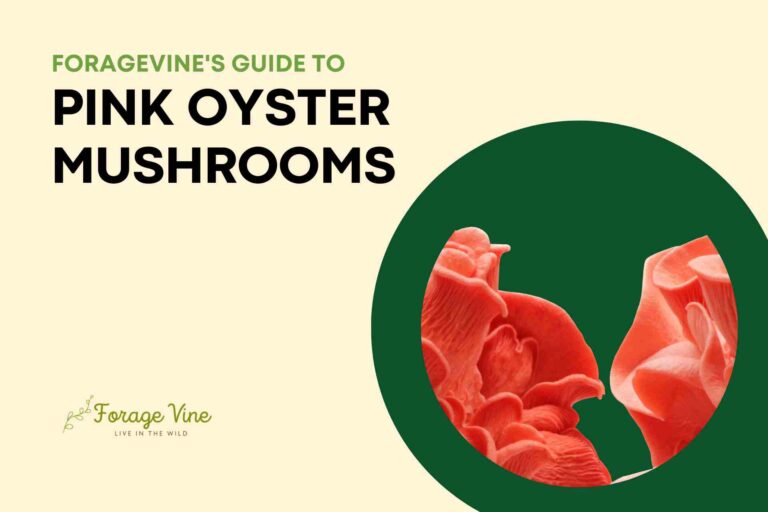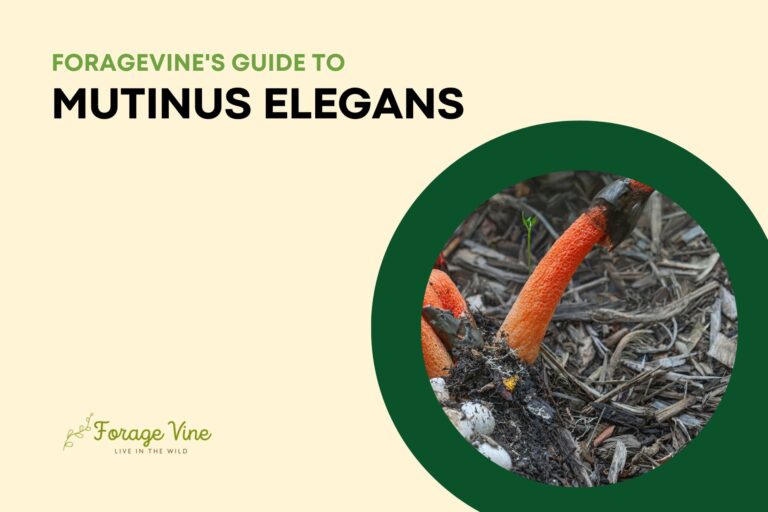Ultimate Guide To Amanita Muscaria (Fly Agaric): How To Identify And Grow It And Is It Edible
If you’ve ever seen an unusual-looking red toadstool with white spots, it may have been Amanita Muscaria, a mushroom species famous for its distinctive shape and vibrant colors.
While not the most complicated fungi, there is still much to learn about this unique mushroom. In this ultimate guide to Amanita Muscaria, we will discuss what kind of habitat they like to grow in, how they can be identified correctly, and whether they are edible or even poisonous.
So let us delve into the wonders of Amanita Muscarian and see why it has become such a fascinating organism!
What is amanita muscaria, and why is it so important
Amanita muscaria, commonly known as Fly Agaric, is a mushroom found throughout Europe, Asia, and North America in the Northern hemisphere.
While the distinctive red-capped fungus can be seen growing beneath birch and pine trees, it is highly sought after because of its medicinal properties. It was used across cultures for centuries to treat fatigue and chronic pain.
Now, amanita muscaria is becoming more popular as an ingredient in treatments for depression and anxiety due to its soothing effects when ingested in small amounts.
Growing amanita muscaria in one’s backyard can prove difficult but is worth the effort due to its therapeutic qualities; the resulting crop of these unique mushrooms can provide an alternative treatment option which may even help avoid taking traditional medication for a wide variety of symptoms.
How to identify amanita muscaria
Identifying amanita muscaria mushrooms can be pretty intimidating and cause some stress.
But don’t worry, it is possible to learn the particularities of this mushroom.
It begins with familiarizing yourself with the visual characteristics of this species; it has a white stem often streaked with red or yellow, while its cap typically resembles a classical red-and-white toadstool.
You should also look for noticeable warts on the cap’s surface, distinguishing it from other fungi. If you want to make sure your identification is accurate, consider all aspects of what makes this mushroom unique-otherwise you may wind up coming across a poisonous species!

Is amanita muscaria edible, and what are the risks associated with it
While its visual appeal has long made it a subject of interest for many observers and foragers alike, this particular species raises an age-old question:
Is amanita muscaria edible?
The answer to this question is both yes and no.
To be sure, many people throughout history have enjoyed consuming these mushrooms in some form or another – however, there are numerous risks involved when eating them.
For instance, if consumed incorrectly, amanita muscaria may cause stomach upset and severe cognitive disturbances due to the presence of ibotenic acid and other psychoactive compounds.
To ensure the safest outcome possible, those looking to eat this mushroom should look into reliable sources on its harvesting and cooking practices before doing so.
Tips on harvesting and handling amanita muscaria
Safety is of the utmost importance when it comes to harvesting and handling amanita muscaria. Before collecting any mushrooms from the wild, one should be sure they can accurately recognize the species, as other look-alikes may not be as safe to consume.
It is also essential to use only clean containers for collection and ensure any mushrooms collected are free from dirt or debris. Once the harvest is complete, it is advisable to keep the container sealed until ready for use to prevent cross-contamination between different fungi types.
Once these tips are followed, mushroom enthusiasts can get out in the field and enjoy their experience with amanita muscaria!
Growing Amanita Muscaria: Step-by-step guide
If you want to try growing your own Amanita Muscaria, you are in the right place. This step-by-step guide will show you how to successfully cultivate these beautiful mushrooms to thrive in the home garden. To start:
- Find an outdoor location with shade and select a soil type rich in humus with a slightly acidic pH level.
- Prepare your site by locating patches of grass or other decaying material and breaking them down with a shovel.
- Plant your spores just below the surface of the soil, ensuring they are well covered with organic matter or mulch.
- Water them regularly until they are established, being careful not to let standing water form pools around the mushroom beds.
With optimal care, these mushrooms should be popping up in no time!
Common mistakes to avoid when growing Amanita Muscaria
When attempting to cultivate Amanita Muscaria, one must consider and be mindful of some of the most common mistakes one can make. It is necessary to place this fungi in the right environment, as temperatures that are either too high or too low can interfere with growth.
Furthermore, you need to have the proper soil mixture or substrate for successful development – so scouting out what works best for this species when you get started is critical! Watering your Amanita Muscaria correctly is also very important – since overwatering can cause root rot, while not watering enough will stunt growth.
Lastly, be sure to practice good hygiene and handling protocol when dealing with the harvest – a few simple steps, like wearing gloves or washing tools after handling the mushrooms, can help minimize potential contamination issues.
From our Ultimate Guide to Amanita Muscaria, we can see the importance of identifying this mushroom, what risks may be entailed if mistakes are made in its consumption, and the benefits of being knowledgeable about the growth processes for a successful harvest.
We have explored multiple tips and tricks for harvesting, handling, and growing Amanita Muscaria to help with any potential endeavors one may be embarking on.
It is essential to use caution when dealing with Amanita Muscaria and do your research thoroughly before making significant scale decisions.
While this guide is no substitute for professional advice, we hope it has provided an informative overview and will serve as a starting point for anyone looking to dive deeper into the mushroom world.


